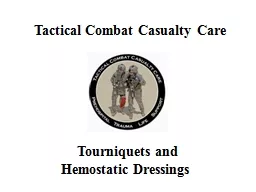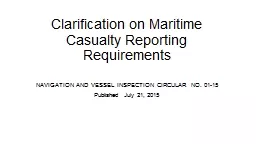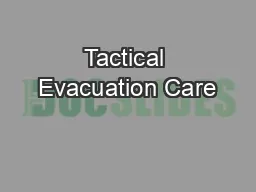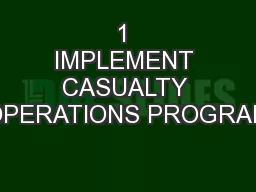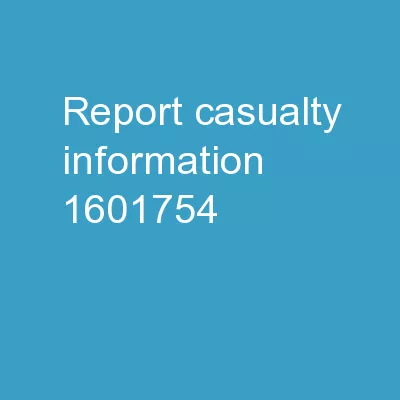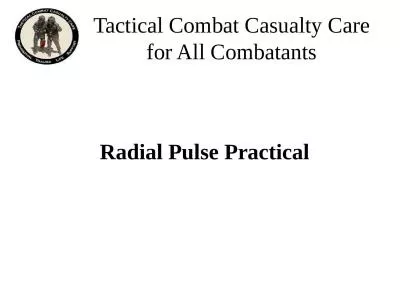PPT-Tactical Combat Casualty Care
Author : stefany-barnette | Published Date : 2016-07-29
Tourniquets and Hemostatic Dressings The Number One Medical Priority for Initial Management of Trauma Victims Early control of severe hemorrhage is critical Prior
Presentation Embed Code
Download Presentation
Download Presentation The PPT/PDF document "Tactical Combat Casualty Care" is the property of its rightful owner. Permission is granted to download and print the materials on this website for personal, non-commercial use only, and to display it on your personal computer provided you do not modify the materials and that you retain all copyright notices contained in the materials. By downloading content from our website, you accept the terms of this agreement.
Tactical Combat Casualty Care: Transcript
Download Rules Of Document
"Tactical Combat Casualty Care"The content belongs to its owner. You may download and print it for personal use, without modification, and keep all copyright notices. By downloading, you agree to these terms.
Related Documents

